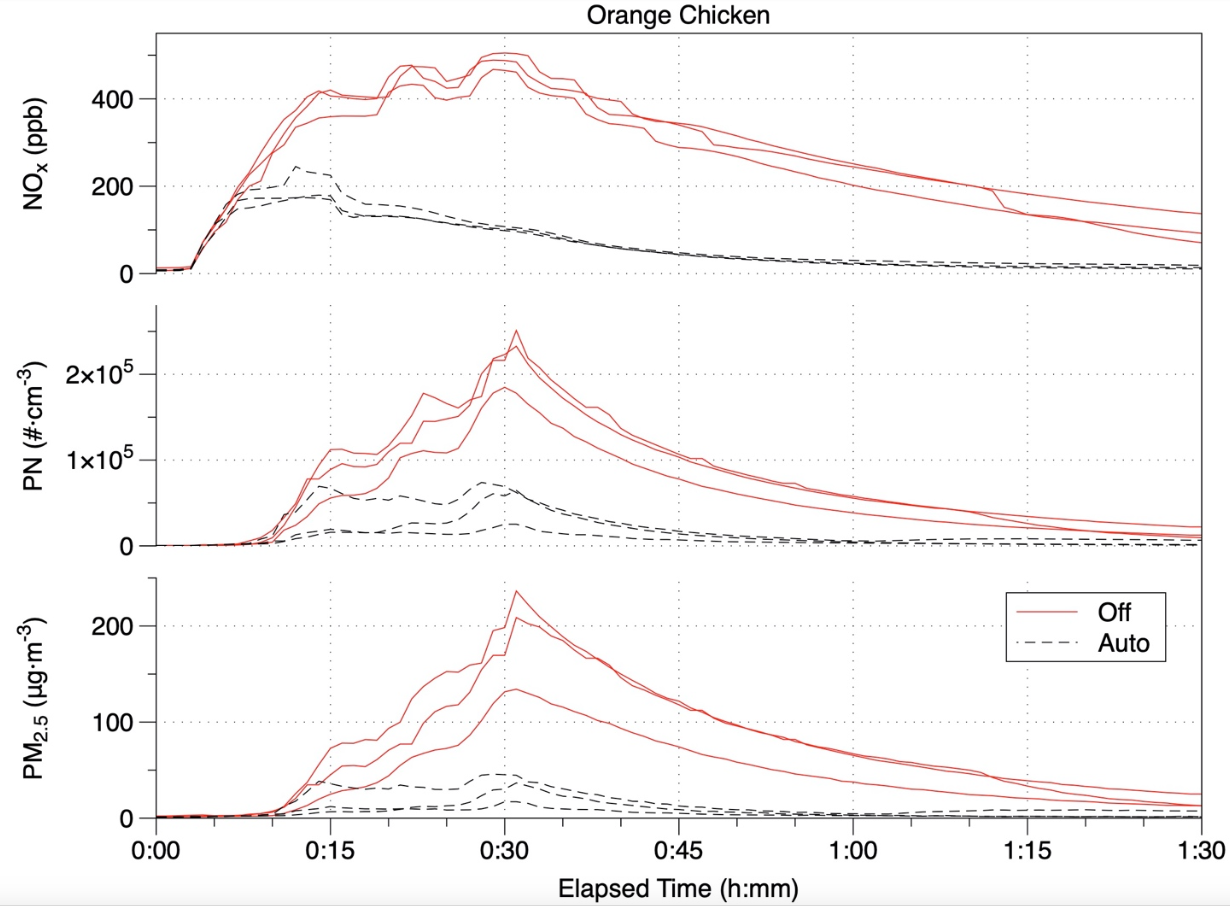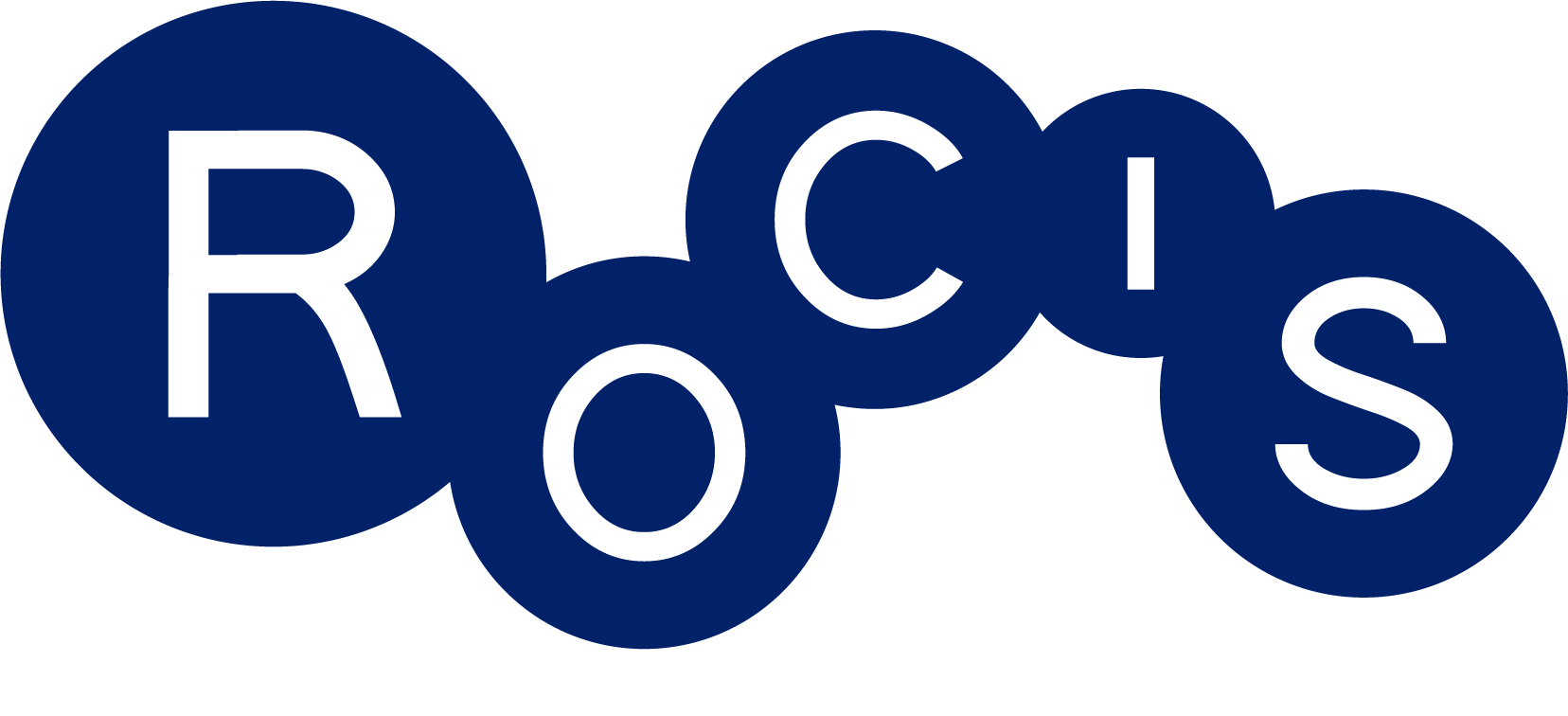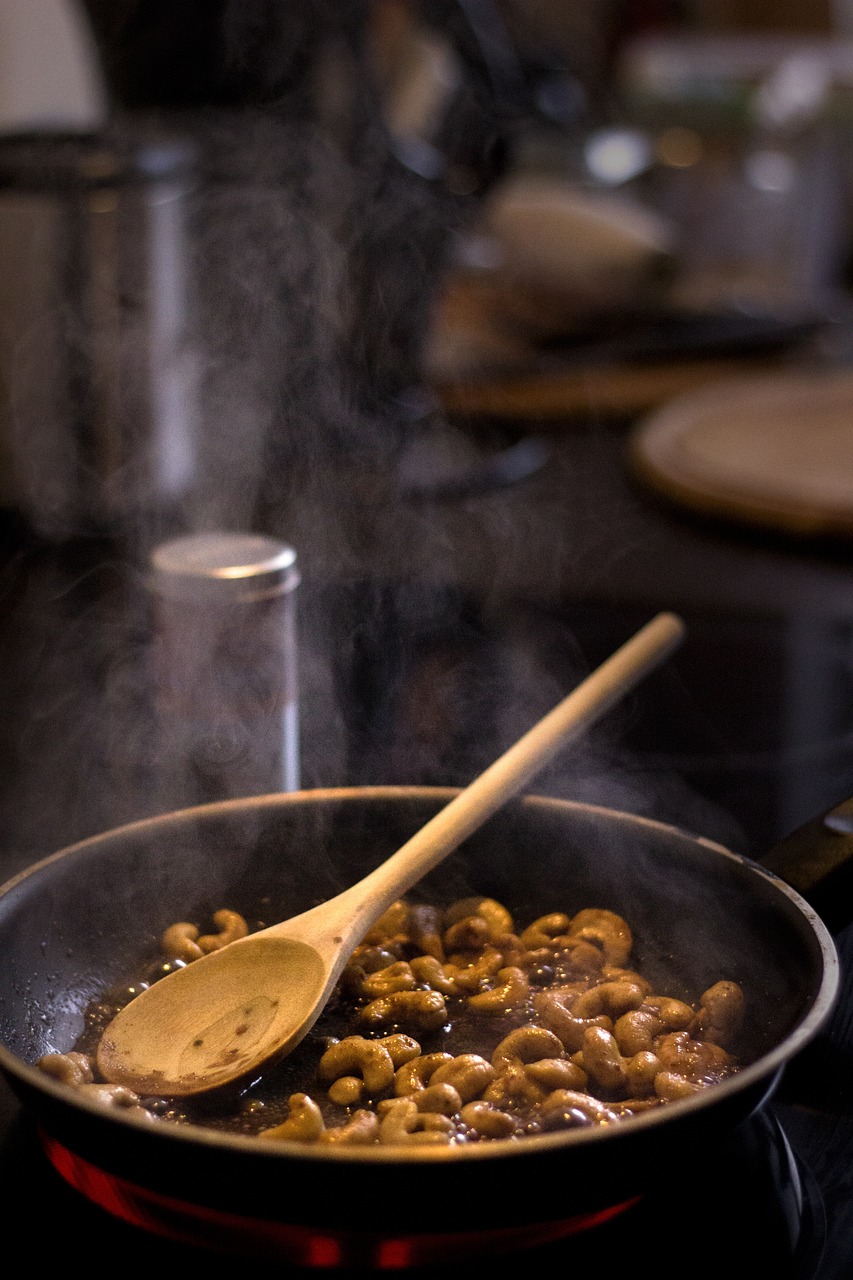This update was created by Tom Phillips, ROCIS Technical Advisor, Healthy Building Research
ROCIS offers a comprehensive Range Hood Guide on our website for anyone—from homeowners to contractors—to use in the process of choosing and installing kitchen range hoods. But there have been a few developments in recent years that we’d like to tell you about that could help you maintain a healthy indoor environment.
High Capture Efficiency Hoods Are (Kind of) Here
Some range hood manufacturers are marketing hoods with capture efficiency (CE) ratings over 90%, using air intake slots along the perimeter of the hood to help contain the cooking emission plume. These high CE ratings are not yet certified by the Home Ventilation Institute (HVI), so it is not clear how reliable the test results are—or at what airflow rates.
In the meantime, caveat emptor: contact the technical support department of hood manufacturers to verify what test method and lab were used to support their capture efficiency claims. Also, see the ROCIS Range Hood Guide for other important hood design features and installation specifications to look for.
Smart Hoods Are On the Market
The Build America program of the U.S. Department of Energy funded research to develop and test “smart” range hoods that use air pollutant sensors to automatically operate the hood (see the ROCIS Range Hood Guide and webinars). Some manufacturers now market smart range hoods with built in air sensors for smoke, grease, and unwanted odors to activate the exhaust fan automatically during cooking activities.

Room air pollutant concentrations resulting from cooking of orange chicken in a gas-fired oven, with (Auto) and without (Off) the Smart Range Hood (SRH) enabled. Image source: Moore, Mike, Sam Bowles, Joe Nebbia, and James Lyons. 2020. Development of a Residential Smart Range Hood. Davidsonville, MD. DOE/GO-102020-5429. www.osti.gov/biblio/1677650
Try it for yourself. Experiment with a particle sensor to track indoor smoke levels in a kitchen with a smart range hood.
More information: Werling, 2021. Indoor Air Quality Road Map: A Smart Range Hood, Probuilder.
Gas Stoves, Ovens, and Ranges Come Under More Scrutiny
1) Gas Cooking Appliances Cause Regular Pollution Breaches in Homes Across Europe. Nov. 8, 2023.
Dutch researchers measured indoor NO2, PM, CO, and other pollutants, as well as cooking behavior, in seven European countries in the largest-ever study of this type. NO2 levels in gas stove homes were twice as high as levels in electric stove homes. On average, the WHO daily limit for NO2 was breached for 3.25 days of the 13-day testing period, and 25% of the homes were estimated to exceed the WHO NO2 hourly limit at some point during the test. Where kitchens had fans to extract fumes outdoors, they did not clear much pollution—possibly because of improper range hood use. The researchers concluded that “changing to electric cooking, preferably combined with use of well-designed ventilation hoods to reduce exposure to high levels of particulate matter from cooking,” can bring pollutant values down to recommended levels.
According to a recent opinion poll funded by CLASP, few EU households were aware of the risks due to the invisible nature of cooking pollution. Current EU regulations do not address this indoor pollution problem, but it could be corrected by the EU next year when new design and labeling rules are expected to be adopted.
More information:
-
CLASP report and the Netherlands Organization for Applied Scientific Research field study report (TNO).
-
Webinar and panel discussion on actionable solutions, Jan. 9. 2023. Exposing the Hidden Health Impacts of Gas Cooking.
2) Is Your Gas Range a Health Risk? (Consumer Reports, March 27, 2023)
Consumer Reports’ lab tests of indoor NO2, PM, CO and CO2 underscore the importance of using ventilation like range hoods and fans, but that may not be enough. Indoor NO2 guidelines were often exceeded, especially when using multiple burners or higher BTU burners. The authors of the report suggest several ways to reduce the health risks, including cooking in microwaves, portable induction stovetops, and toaster ovens or upgrading your gas appliances to electric.
3) California To Fund Large Field Study of Gas Cooking Exposures
The California Energy Commission is soliciting proposals to study IAQ (PM, NO2, etc.) and indoor exposures in multifamily homes with gas stoves and to track the cooking behaviors of occupants. Proposals for up to $2 million are due January 31, 2024. In order to provide guidance for decarbonization and equity programs, the primary focus will be on multifamily homes in disadvantaged and low-income communities, and/or on Tribal lands.
More information: GFO-23-501 – Quantifying Exposures to Indoor Air Pollutants in Multifamily Homes that Cook with Gas or Alternatives.

